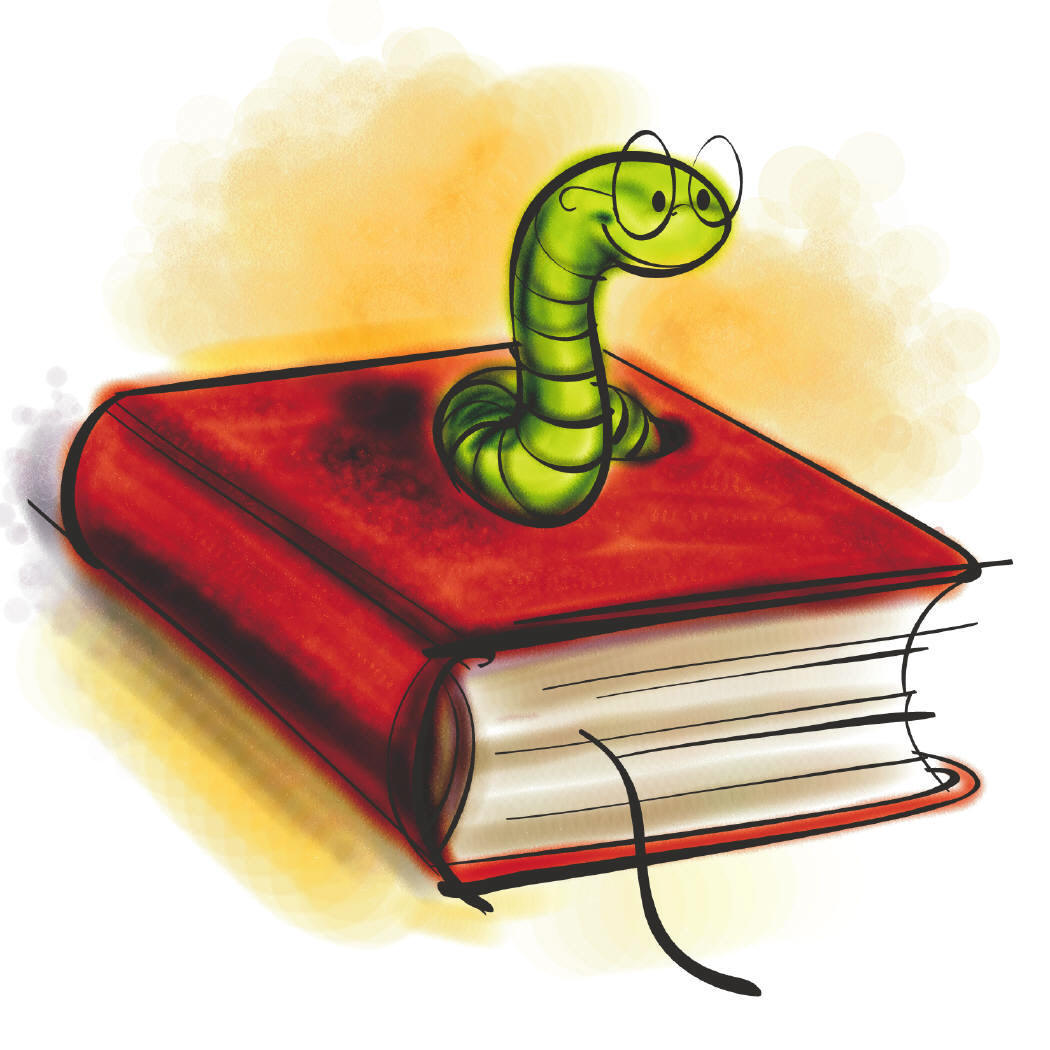|














|
|
|
-
TYPING &
PUNCTUATION:
-
Place a
COMMA
after the introductory verb, space, quotation
mark (“), capital letter, exact words, end
punctuation (period, question mark,
exclamation mark), end quotation mark (”).
-
Within
the quote or without:
-
PERIODS
and
COMMAS
go within the quotation
marks.
-
SEMICOLONS
and
COLONS
go outside the quotation
marks.
-
QUESTION
and
EXCLAMATION
marks depend:
-
If
the quoted sentence is a
question, use a Question Mark
(?).
-
Jill asked, “Could you
repeat the part about the
harvest motif?”
-
If
the quoted sentence is an
exclamation, use an Exclamation
Mark (!).
-
Bobby exclaimed, “I got an A
on my Psych. Test!”
-
If
the sentence outside the
quotation marks is a question,
place the (?) outside the
end quotation mark.
-
Did the teacher just say,
“There’s a test tomorrow”?
-
If
both sentences are
questions, place the (?)
outside of the end quotation
mark.
-
Did she really ask Dr.
Housenick, “Are you going to
count that quiz grade”?
|
-
Single
and Double Quotes:
-
If you
quote a source who has quoted
another source, place single quotes
(‘
’)
within the double quotes
(“ ”).
-
Perhaps a baseball analogy will
clarify this:
-
a
single is within a double, but a
double is not within a single,
because you have to go to first
base before you can get to
second
-
Dr. Jane Smith
argues, “Claims regarding
Shakespeare’s sexuality are futile,
baseless, and argumentative at best;
the simple
truth
remains, as Professor Bloom
succinctly repeats, ‘we shall never
know’” (86).
-
Notice that there is no space
between the single and double
quotes at the end.
|
|
|
|
|
|
|
|